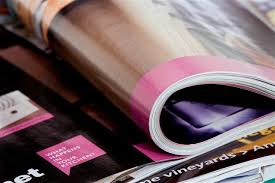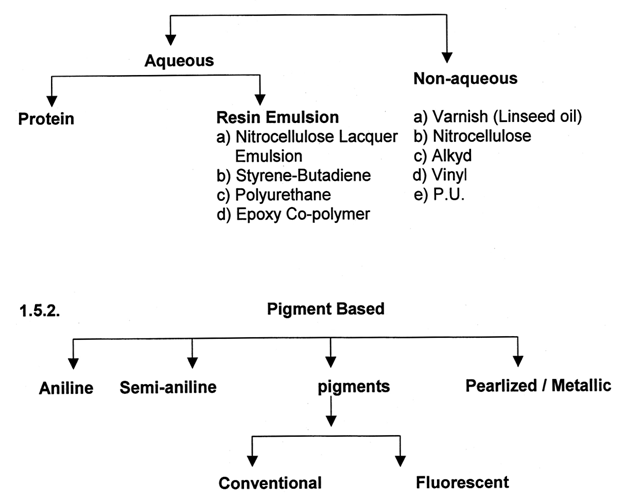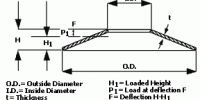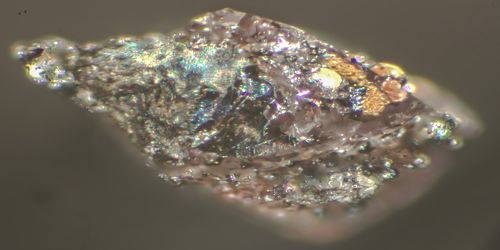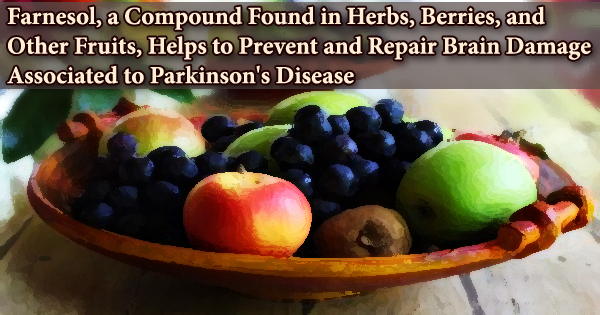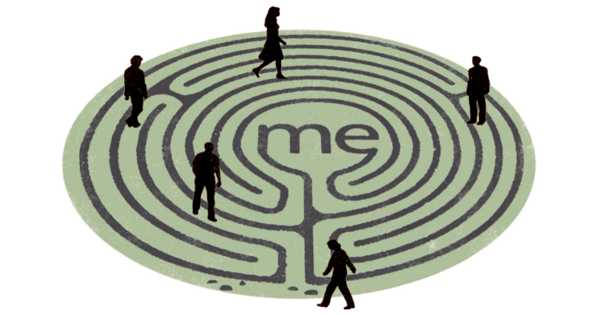FINISHING OPERATIONS:
There is a great variety of finishing processes, designed to enhance the appearance of the leather. The various finishing machines are concerned with applying friction, abrasion, pressure or heat to the leather, or a combination of these, inured to modify the appearance and to some extent the handle, very often the final result be a compromise between conflicting requirements.
DEFINITION OF FINISHING:
The last and the most important operation in a tannery today is finishing where the leather surface is coated with a nice looking, colored or colorless, flexible, stretchy durable film of some film forming materiel.
A definition of the term ‘finished’ may be expressed as ‘the treatment of the surface and/or top section of the leather with materials which will enhance the appearance of the leather and improve its properties for the purpose to which it is to be used..
OBJECTS OF FINISHING:
- Levelness of color on the leather.
- Uniformity of shade from skin to skin and pack to pack.
- Changing the color to that which is required.
- Imparting color and pattern to undyed leather.
- Adding a transparent film through which the natural appearance of the leather may be viewed.
- Adding a transparent colored film to the leather.
- Covering the leather with an opaque film in order to obliterate all defects.
- After the surface of the materials i.e. splits .
- Improve the scuff resistance of the leather.
- Improve the water resistance of the leather i.e. the finish should not discolor or swell and hence protect the leather retain its good appearance.
- By filling the surface of loose leather improve the break of the grain.
- Give a leather of optimum cutting value.
- Seal the leather surface so that it’s remaining clean.
- Render the leather light fast.
- Render the leather fast to alkalis.
- Render the leather fast to acids.
- Render the leather resistant to a light pull up on lasting.
QUALITIES OF FINISHES:
- Remain its original condition of gloss or matt for long periods.
- Not make a film on the leather which is too plastic like in appearance.
- Not spoil the film or handle of the leather.
- The finish should not crack or be easily removed.
- It should be resistant to the adhesives used in the manufacture of leather goods.
- It must adhere to the leather in damp or wet conditions e.g. molded leather, ski boots and gloves etc.
- It should resist dry cleaning fluids.
- Resist heat and tack.
- Be water vapor permeable.
- Allow the leather to be washed.
- Have resistance to cold crack.
12. The finish should not take up color from nearby articles or impart color to same.
It will be appreciated that all leathers do not require all the above properties and it must be stressed that all above properties cannot be achieved by the use of one finish only.
Flow chart of various types of finishing
CLASSIFICATION OF FINISHING:
In many cases two or more names may exist for the same finish when classified according to finishing techniques, finishing materials and finishing effects.
Classification according to the finishing techniques:
- Spray Finish – Finishes applied exclusively by spraying.
- Roll Coating Finish – Applied by screen rollers or engraved rollers.
- Curtain Coating Finish – Highly covering coats applied to such leathers as corrected grain or splits.
- Padding – Finishes applied exclusively by padding.
- Film Transfer Finish – Foils or lamination .Also made with two components PU mixtures on coating machine (direct or reversed process).
- Glaze Finish– Glazing machine and non-thermoplastic binders .High quality leathers.
- Plate Finish – Different types of platting machine. High gloss and smooth fibers.
- Glaze/Plate Finish – Combination of both.
- Artificial or fancy grain by embossing.
- Foam Finish – Highly covering finish especially for furniture and car seat leathers.
Classification according to finishing effects:
- Corrected Grain Finish – Buffed leather with high covering finish embossed.
- Aniline Finish – Unpigmented transparent coats .Natural appearance of the grain.
- Semi aniline Finish – Small amount of pigment and/or dyes mixed together with binders or covering base coat plus aniline top coat with dyes only.
- Opaque Finish – Covering pigments and binders.
- Brush-off Finish – Two-tone effect that appears after using a felt polishing disk.
- Easy-care Finish.
- Antique Finish – Irregular two-tone effect normally made by applying waxes.
- Fancy Finish.
- Two or Multi tone Finish – Applied in two or more finishing coats of different colors by angle spraying, padding or printing.
- Invisible Finish – Impression of unfinished surface using light coats and mechanical operations.
- Craquele Finish – Cracked effect.
Classification according to the main finishing materials used:
- Polymer or Binder Finish – Applying formulations of thermoplastic binders based on polyacrylate, polyurethane or polybutadiene and subsequent plating.
- Casein Finish – Non thermoplastic protein or protein like products for glazed finishing.
- Nitrocellulose solution or Emulsion Finish – Solvent lacquer. Film forming material is nitrated cellulose dissolved hi organic solvents. Emulsion lacquers are water dilatable.
- CAB Finish– Solvent lacquer based on cellulose aceto-butyrate. Better resistance to yellowing than nitrocellulose.
- Patent Finish – Thick polyurethane lacquer coat, high gloss finish.
